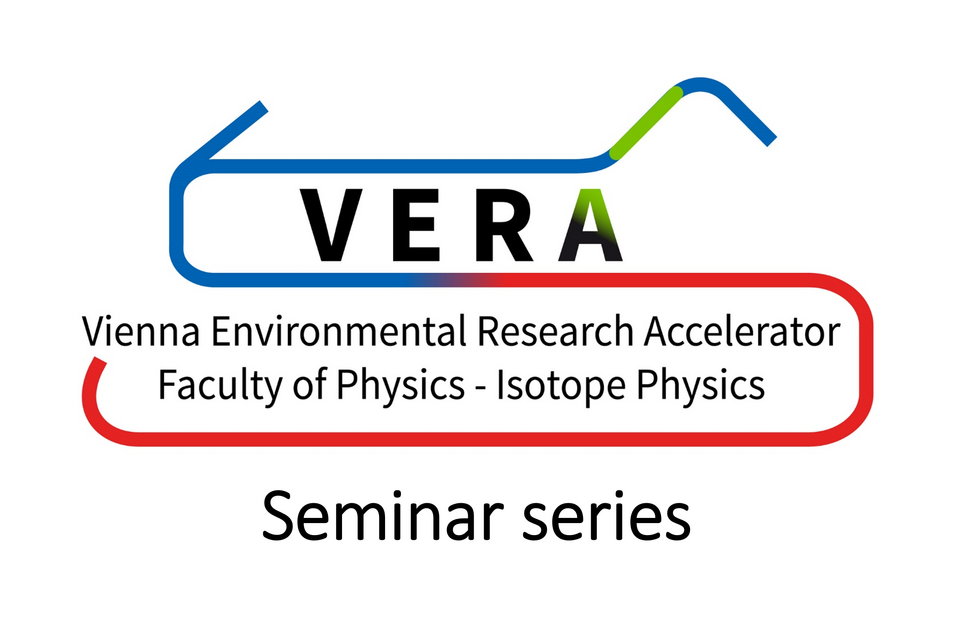If a bound or resonant state of four neutrons, a tetraneutron, can be found, its energy would be a cornerstone to fix the parameters of the nuclear force. In the past six decades many experiments have been performed to detect such a system. In the first two decades of this century, two experiments [1,2] claimed the observation of a tetraneutron, though with large uncertainties in energy and width of this state. In our experiment at the tandem accelerator laboratory near Munich [3], we used the 7Li(7Li,10C)4n reaction and claimed the observation of a tetraneutron bound by 0.42 ± 0.16 MeV and an upper limit for the width of 0.24 MeV. This experiment will be the main topic of the talk. Just recently, another experiment, done at RIKEN, was published [4]. It used the α-knockout from 8He by protons in inverse kinematics and claims the observation of an unbound tetraneutron resonance, also with rather precise energy of (2.37 ± 0.58 MeV) above the four-neutron threshold and width (1.75 ± 0.37 MeV). The latter two experiments are each compatible with the former two, but not with each other. However, they might have observed different states of the tetraneutron, ours [3] the ground state and the latest one [4] the first excited state, a 2+ state formed by the two p3/2 neutrons. Most of the ample theoretical work denies the possibility of a bound state and partly even that a resonant state could exist.
[1] F.M. Marqués, et al., Phys. Rev. C 65, 044006 (2002) and F.M. Marqués, et al.,arXiv:nucl-ex/0504009
[2] K. Kisamori, et al., Phys. Rev. Lett. 116, 0525091 (2016)
[3] T. Faestermann, et al., Phys. Lett. B. 824, 136799 (2022).
[4] M. Duer, et al., Nature. 606, 678 (2022).

